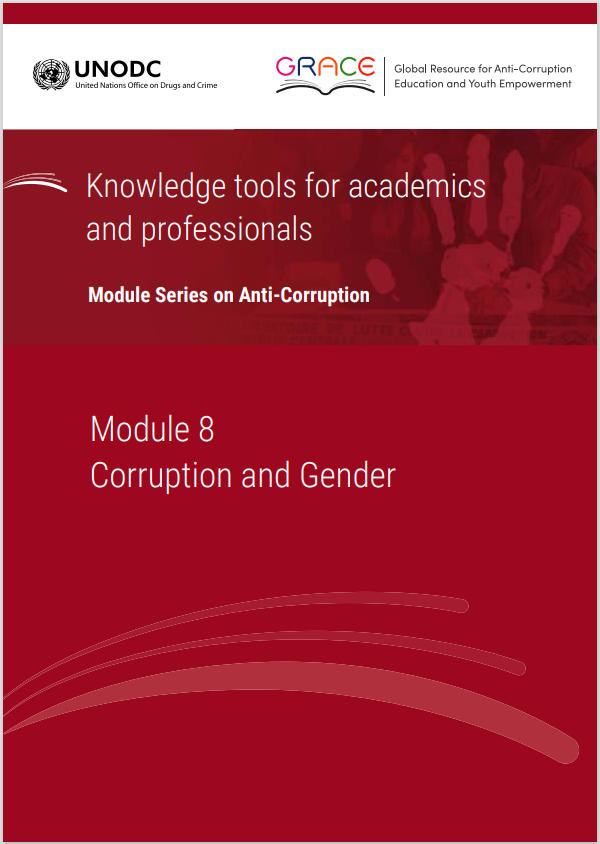This module is a resource for lecturers
Possible class structure
This section contains recommendations for a teaching sequence and timing intended to achieve learning outcomes through a three-hour class. The lecturer may wish to disregard or shorten some of the segments below in order to give more time to other elements, including introduction, icebreakers, conclusion or short breaks. The structure could also be adapted for shorter or longer classes, given that the class durations vary across countries.
Introduction (15 mins)
- Introduce the topic and provide a roadmap for the class. Emphasize at the outset the distinction between gender and sex.
- Discussion 1: Discuss gender inequalities from data about men and women (sex-disaggregated data).
Perceptions versus reality (35 mins)
- Conduct Exercise 1, the icebreaker, by deliberately selecting students who were less involved in Discussion 1 to hand out the paper and pens, and collect them. Sum up as per the exercise instructions.
- Discussion 2: What are the different reasons why women are frequently perceived to be less corruptible than men? To what extent are these perceptions based on reality? (Relevant PowerPoint slides are included in the section on Additional teaching tools)
The gendered impacts of corruption (60 mins)
- Discussion 3 (allow 20 mins): Why might corruption have gendered impacts? And what forms might these take? Conduct Exercise 2 (allow 20 mins), followed by Exercise 3 (allow 20 mins).
Possible solutions (60 mins)
- Exercise 4 leads into the topic of gender mainstreaming. Introduce that topic more comprehensively here and move into the student presentations in Exercise 4. Depending on the number of students, they could present alone or in groups. Allow for questions and reflection from the other students after each presentation.
Summary (10 mins)
- Conduct Exercise 5.
 Next: Core reading
Next: Core reading
 Back to top
Back to top
